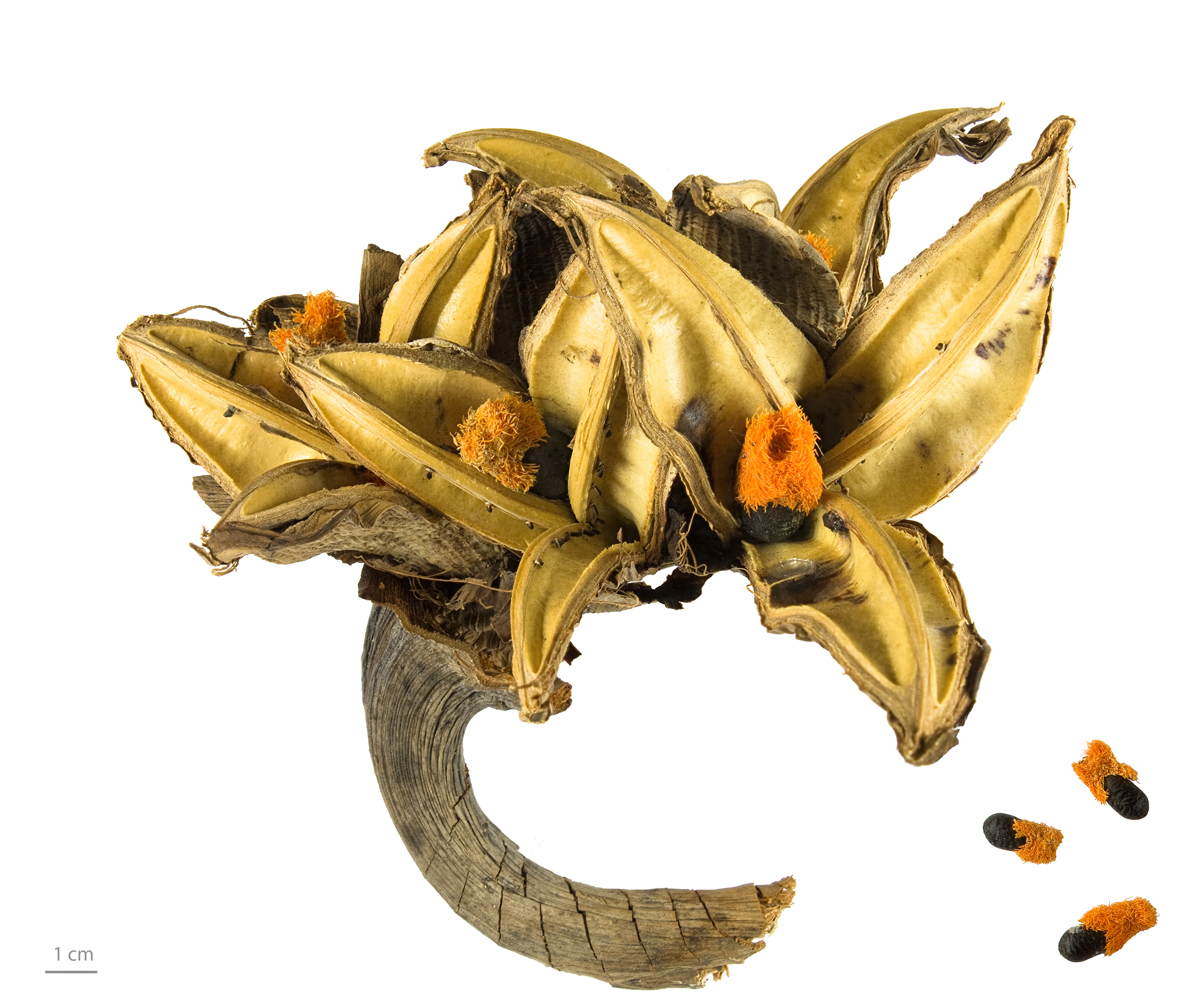Strelitzia on:
[Wikipedia]
[Google]
[Amazon]
 ''Strelitzia'' is a genus of five species of
''Strelitzia'' is a genus of five species of
 ''Strelitzia'' is a genus of five species of
''Strelitzia'' is a genus of five species of perennial plant
In horticulture, the term perennial (''wikt:per-#Prefix, per-'' + ''wikt:-ennial#Suffix, -ennial'', "through the year") is used to differentiate a plant from shorter-lived annual plant, annuals and biennial plant, biennials. It has thus been d ...
s, native to South Africa
South Africa, officially the Republic of South Africa (RSA), is the Southern Africa, southernmost country in Africa. Its Provinces of South Africa, nine provinces are bounded to the south by of coastline that stretches along the Atlantic O ...
. It belongs to the plant family Strelitziaceae. A common name
In biology, a common name of a taxon or organism (also known as a vernacular name, English name, colloquial name, country name, popular name, or farmer's name) is a name that is based on the normal language of everyday life; and is often con ...
of the genus is bird of paradise flower/plant, because of a resemblance of its flowers to birds-of-paradise. In South Africa, it is commonly known as a crane flower.
Two of the species, '' S. nicolai'' and '' S. reginae'', are frequently grown as houseplant
A houseplant, also known as a pot plant, potted plant, or indoor plant, is an ornamental plant cultivated indoors. for aesthetic or practical purposes. These plants are commonly found in House, homes, Office, offices, and various indoor spaces, w ...
s. It is the floral emblem
In a number of countries, plants have been chosen as symbols to represent specific geographic areas. Some countries have a country-wide floral emblem; others in addition have symbols representing subdivisions. Different processes have been used t ...
of the City of Los Angeles and is featured on the reverse of the South African 50-cent coin.
Taxonomy
The genus was named byJoseph Banks
Sir Joseph Banks, 1st Baronet, (19 June 1820) was an English Natural history, naturalist, botanist, and patron of the natural sciences.
Banks made his name on the European and American voyages of scientific exploration, 1766 natural-history ...
in honour of the British queen Charlotte of Mecklenburg-Strelitz
Charlotte of Mecklenburg-Strelitz (Sophia Charlotte; 19 May 1744 – 17 November 1818) was List of British royal consorts, Queen of Great Britain and Ireland as the wife of King George III from their marriage on 8 September 1761 until her ...
.
Description
The species ''S. nicolai'' is the largest in the genus, reaching 10 m (33 ft) tall, with stately white and blue flowers; the other species typically reach tall, except ''S. caudata'', which is a tree of a typically smaller size than ''S. nicolai''. Theleaves
A leaf (: leaves) is a principal appendage of the stem of a vascular plant, usually borne laterally above ground and specialized for photosynthesis. Leaves are collectively called foliage, as in "autumn foliage", while the leaves, stem, ...
are large, long and broad, similar to a banana leaf in appearance, but with a longer petiole, and arranged strictly in two ranks to form a fan-like crown of evergreen
In botany, an evergreen is a plant which has Leaf, foliage that remains green and functional throughout the year. This contrasts with deciduous plants, which lose their foliage completely during the winter or dry season. Consisting of many diffe ...
foliage.
The flowers are produced in a horizontal inflorescence
In botany, an inflorescence is a group or cluster of flowers arranged on a plant's Plant stem, stem that is composed of a main branch or a system of branches. An inflorescence is categorized on the basis of the arrangement of flowers on a mai ...
emerging from a stout spathe.
Biology and propagation
They are pollinated by sunbirds and blue-faced honeyeaters, which perch on and drink from the spathe. The weight of the bird when standing on the spathe opens it to release thepollen
Pollen is a powdery substance produced by most types of flowers of seed plants for the purpose of sexual reproduction. It consists of pollen grains (highly reduced Gametophyte#Heterospory, microgametophytes), which produce male gametes (sperm ...
onto the bird's feet, which is then deposited on the next spathe it visits. It is believed to be the only genus of plants pollinated by the feet of birds. ''Strelitzia'' species lack natural insect pollinators; in areas without sunbirds, plants in this genus generally need hand pollination to successfully set seed.
Species and hybrids
Five species are recognised, although one—'' S. juncea''—has been shown to be genetically nested within another, ''S. reginae''. It is possibly a mutation that is in the process of speciating. *'' Strelitzia × kewensis'' ( artificial hybrid between ''S. reginae'' and ''S. augusta'')Allergenicity
Plants in the genus ''Strelitzia '' produce no wind-bornepollen
Pollen is a powdery substance produced by most types of flowers of seed plants for the purpose of sexual reproduction. It consists of pollen grains (highly reduced Gametophyte#Heterospory, microgametophytes), which produce male gametes (sperm ...
, and have an OPALS
Opal is a hydrated amorphous form of silicon dioxide, silica (SiO2·''n''H2O); its water content may range from 3% to 21% by weight, but is usually between 6% and 10%. Due to the amorphous (chemical) physical structure, it is classified as a ...
allergy scale rating of 1, meaning a very low risk of causing allergic reaction.
Journal
''Strelitzia'' is also the name of the botanic journal of the Pretoria-based National Botanical Institute, which has since been converted into the South African National Biodiversity Institute (SANBI SANBI may refer to different South African institutions:
* South African National Biodiversity Institute - carrying out research and management of South Africa's biodiversity resources
* South African National Bioinformatics Institute - carryi ...
). The ''Strelitzia'' journal replaced ''Memoirs of the Botanical Survey of South Africa'' and Annals of the Kirstenbosch Botanic Gardens''.
References
External links
* {{Authority control Strelitziaceae Zingiberales genera Taxa named by Joseph Banks